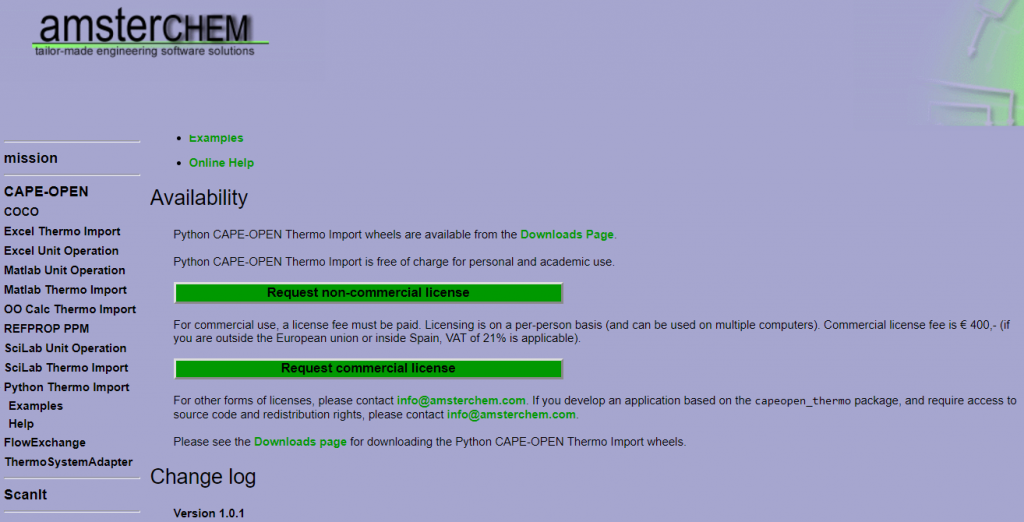


But the most accurate property models can be quite complex, and the difficulties of implementing these models hinders their wider use. It is no longer sufficient to present accurate property data merely as tabulations (e.g., “steam tables”)─they must be integrated into process models.

The required accuracy varies among applications, with the highest accuracy required for (1) fluids requiring accurate data due to their sheer scale in the economy, such as natural gas and other fuels, (2) working fluids in power and refrigeration cycles, where accurate data are needed to optimize the energy efficiency of equipment, (3) flow metering applications, (4) calibration fluids and other standards, and (5) thermodynamic research, including the development and verification of property models. Here we are concerned with fluid property data, encompassing gas, liquid, and supercritical states. The accuracy, and thus utility, of such simulations can be no better than the accuracy of the underlying materials property data employed. Modeling and simulation are the foundation of modern design, including in the chemical process industry. REFPROP disseminates international standards in both the natural gas and refrigeration industries, as well as standards for water/steam. Properties can also be accessed through third-party apps or user-written code via the core property subroutines compiled into a shared library. A graphical user interface generates tables and provides extensive plotting capabilities. We document the models for the 147 fluids included in the current version. The equations of state for thermodynamic properties are primarily of the Helmholtz energy form a variety of models are implemented for the transport properties. REFPROP implements the most accurate models available for selected pure fluids and their mixtures that are valid over the entire fluid range including gas, liquid, and supercritical states, with the goal of uncertainties approaching the level of the underlying experimental data. The NIST REFPROP software program is a powerful tool for calculating thermophysical properties of industrially important fluids, and this manuscript describes the models implemented in, and features of, this software.


 0 kommentar(er)
0 kommentar(er)
